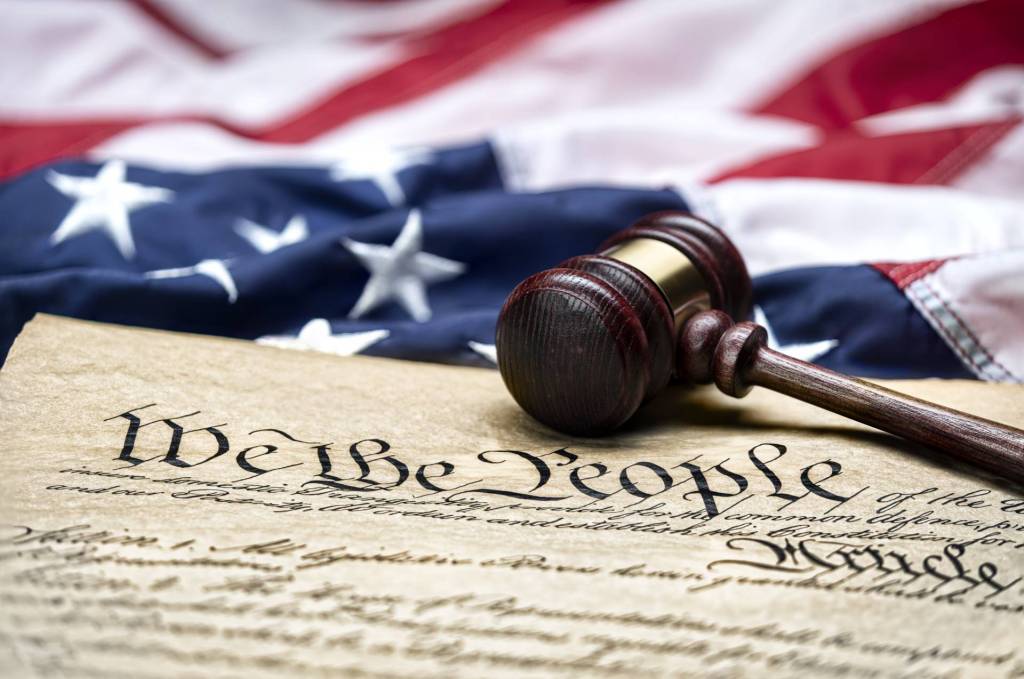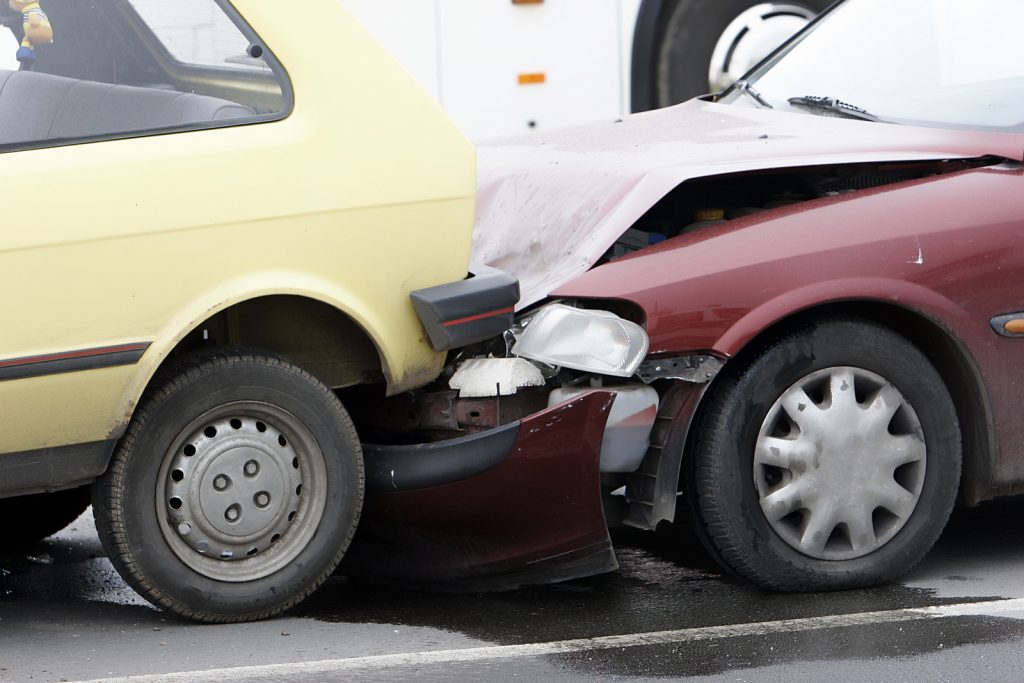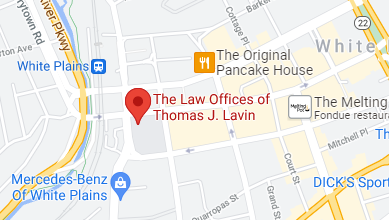Negligence is often at the center of personal injury cases. There’s direct negligence, which we’ll explain below. But there’s also negligent supervision, which is not as direct but still can play a significant role in negligence cases. Read on for what you need to know.
What Is Negligence?
Simply put, negligence means someone didn’t act with reasonable care, and someone else was injured because of it. Of course, the phrase “reasonable care” ends up being open to interpretation at times.
In a legal case, there are four aspects that need to be proven in order to successfully claim negligence was the cause in a personal injury case:
- Duty of care. This is the legal requirement that people should act in such a way that they avoid injuring others. An example is someone who has an icy sidewalk but does nothing to mitigate it, and someone falls and is hurt.
- Breach of duty of care. The person with the duty of care did not behave responsibly, and someone was injured.
- Causation. The injured person must prove they wouldn’t have been injured if not for the other party’s breach of duty of care.
- Damages. There have to be actual damages for the injured party to make a personal injury claim. That can include medical bills, lost wages, and pain and suffering, among others.
As noted above, all four of these must be proven for a personal injury case to succeed. The duty of care is likely the easiest to prove, but causation is often the most difficult.
What Is Negligent Supervision?
Negligent supervision adds a second level of negligence to a personal injury case in that someone should have been supervising someone else, and because they didn’t, someone was injured. This can cover several scenarios, including lack of adequate supervision at childcare and senior facilities, an employer who ignores threats of violence in a workplace, management that doesn’t provide proper training for the use of machinery or dangerous chemicals, or truck companies that allow drivers to drive while under the influence or to falsify their driving records, to name a few.
How Is Negligent Supervision Proven?
Just as with negligence above, negligent supervision cases must prove that a company had a duty to employ only qualified or proper people and didn’t; the employees (or independent contractors) were not supervised as they should have been; and the lack of supervision led to an accident that resulted in damages.
Because these are complex cases, it’s advisable to work with experienced personal injury attorneys who know how to investigate and identify evidence that can prove negligent supervision. That can include investigating the company’s hiring and training practices, documented training and supervision, other record-keeping (especially for things like trucking companies), and, where available, video surveillance in places like childcare and senior facilities that might show either the lack of supervision or the conditions of the injury itself, or both.
What Is New York’s Law for Comparative Negligence?
Different states across the U.S. adhere to one of three types of comparative negligence laws.
- Contributory negligence. This is only used by a few states. It says that if the injured party is the slightest bit at fault in the accident, they’re not eligible to receive damages.
- Modified comparative negligence. This is the most common form of negligence used in the U.S. It says that if the injured party is either 50% or 51% (depending on the state) at fault for the accident, they can’t receive damages. But if they’re 49% or 50% at fault, they’re still eligible, although the amount they receive will be reduced by the percentage of the fault they’re assigned.
- Pure comparative negligence. This type of comparative negligence says that even if the injured party was 99% at fault for the accident, they could still receive 1% of the damages awarded.
In New York, pure comparative negligence is the law. That’s good news if the injured person is partly at fault, but it can also raise the stakes for settlement negotiations and, when necessary, a case goes to court. The parties accused of causing the injuries through their negligence will try to do whatever they can to shift as much fault onto the victim as possible so they can reduce the amount they have to pay out.
Working with knowledgeable negligence lawyers can help someone avoid being assigned a level of fault they shouldn’t have–and thus receive more damages.
What Should I Do if I Suspect Negligent Supervision Was a Factor in the Accident that Caused My Injury?
Call the Law Offices of Thomas Lavin at 718-829-7400 for a free case evaluation. Negligence is a complicated area of law that benefits from having experienced, knowledgeable attorneys working on your case, even more so when negligent supervision is involved. Our attorneys understand the complexities and know how to investigate and develop a case to deliver the best outcomes possible.
Something you should not do: Enter into communications with any other parties in the case or their attorneys or insurance representatives. Because the people you’re holding liable for the accident want to avoid responsibility as much as possible, they’ll try to get you to say something that could be interpreted as taking the fault for the accident, or they’ll try to convince you to accept a much lower settlement than you might be eligible for. No matter how they try to contact you–email, letter, phone–don’t respond, but forward the communications to your attorney.









